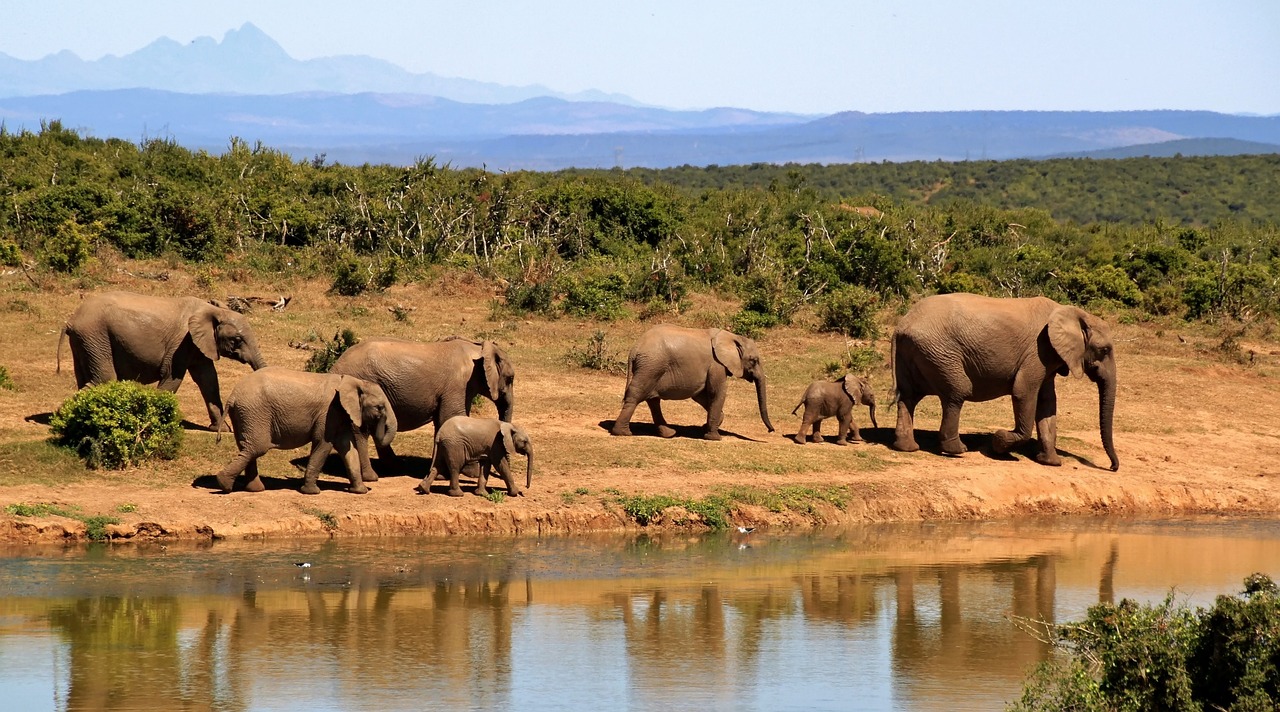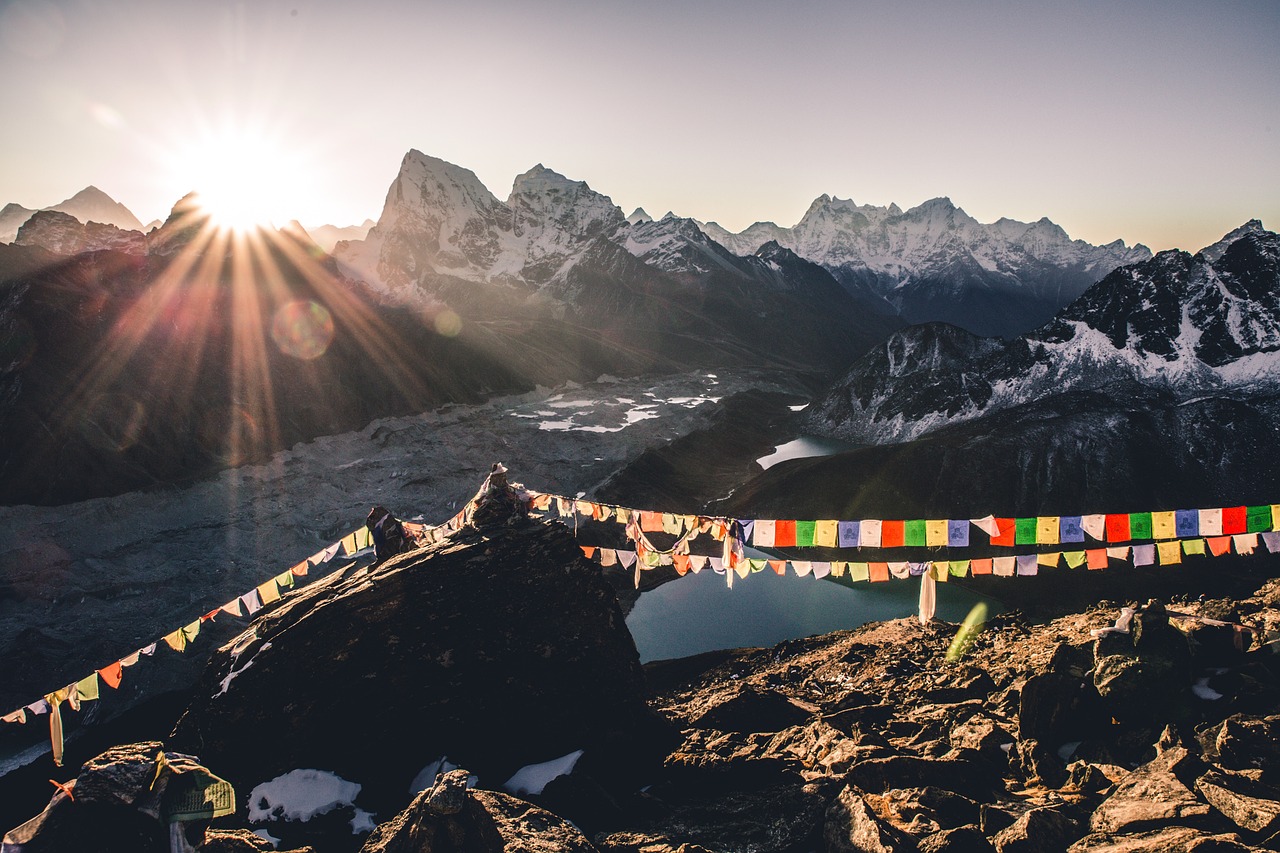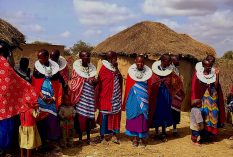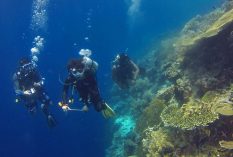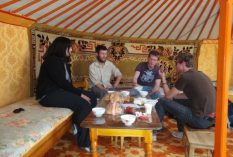While each school will assign a designated safeguarding lead (DSL) to oversee matters of child protection and safeguarding, all staff members are equally responsible for implementing the school’s safeguarding policy. Teachers abroad who teach kids remotely must also contribute to maintaining a safe and supportive environment.
Here’s what you need to know about Child Safeguarding Essentials for teachers abroad.
Reporting Concerns
All school and college staff must promptly adhere to the child protection policy and the procedures outlined in the Safeguarding Policy guidance whenever they have concerns about a child or young person’s welfare, regardless of whether the child or young person is physically at school or learning from home.
Teachers should encourage students to speak up if they encounter anything concerning. Schools must establish and communicate clear reporting channels so children, teachers, parents, and carers can immediately report safeguarding concerns.
The proper procedures for reporting concerns should be detailed in the school or college child protection policy and communicated to all children and staff. Schools and colleges should also consider directing teachers, parents, and carers to follow practical resources for reporting harmful or upsetting content, bullying, and online risks.
As teachers, it’s crucial to immediately report any safeguarding concerns to ensure prompt protection and welfare of children. Early reporting can prevent potential harm, address issues before they escalate, and provide timely support to those in need. Teachers are often in a unique position to notice signs of abuse, neglect, or distress, whether students are physically in school or learning from home.
Online Safety Advice
Schools should encourage parents and carers to provide age-appropriate supervision for children and young people using the internet. It includes discussing the importance of avoiding age-inappropriate content, being aware of who their children interact with online, and setting up parental controls on digital devices suitable for their age.
Ensuring online safety for children involves proactive steps from teachers. Start by maintaining open communication with children about their internet use, emphasising the importance of avoiding inappropriate content and recognising potential online dangers. Encourage children to report anything that makes them uncomfortable.
Teachers should encourage carers and parents to set up age-appropriate parental controls on all devices, monitor screen time, and be aware of the apps and websites kids use. Teachers should integrate online safety education into the curriculum, highlighting safe browsing habits and responsible online behaviour.
It’s also essential for adults to stay informed about the latest online trends and threats, such as cyberbullying and privacy risks. They should create clear reporting channels for children to voice their concerns, ensuring they know whom to approach if they encounter troubling content or interactions.
Recognising Signs
A crucial aspect of safeguarding for teachers is recognising signs that students may be in danger. This responsibility requires vigilance and a keen awareness of changes in behaviour or signs of distress that could indicate abuse, neglect, or other threats to a child’s well-being. Teachers are often among the first to notice these subtle cues as they interact with students regularly and develop a sense of what is normal for each child.
Safeguarding courses can help teachers recognise signs that a child may need help. These courses equip teachers with the skills and knowledge to identify these warning signs. These courses cover a range of topics, including physical and emotional abuse, neglect, exploitation, and online safety. They teach educators how to spot indicators such as unexplained injuries, withdrawal, and sudden changes in behaviour amongst other things.
A safeguarding level 2 training course is a perfect step to take for teachers abroad as it provides learners with the skills to recognise the signs and symptoms of abuse and guides them on the appropriate actions to take if they suspect a child is being abused or discloses sensitive information.
By participating in safeguarding training, teachers learn the proper procedures for reporting concerns, ensuring they promptly address any signs of danger. Proper training empowers educators to act confidently and responsibly, providing a crucial safety net for vulnerable students. Recognising and responding to these signs can make a significant difference in a child’s life, offering them the protection and support they need to thrive.
Personal Data
Online teachers play a crucial role in safeguarding the personal data of their students. As education increasingly shifts to digital platforms, teachers’ responsibility for protecting sensitive information becomes paramount. Personal data, including names, addresses, academic records, and even behavioural data, can be vulnerable to breaches if not properly managed.
Teachers must use secure and reliable educational platforms that comply with data protection regulations. They should understand how these platforms store, share, and use students’ data. Implementing strong passwords, using encrypted communication tools, and regularly updating software are essential to prevent unauthorised access.
Additionally, teachers should educate students about the importance of online privacy and the potential risks of sharing personal information. Encouraging students to use secure passwords and to be cautious about the information they share online can significantly enhance their digital safety.
Teachers must also adhere to their institution’s data protection policies and undergo training on the latest data security protocols. By doing so, they can protect their students’ personal information while promoting a safe and secure online learning environment.
In this digital age, the role of online teachers in safeguarding personal data is integral to maintaining trust and ensuring the well-being of their students.
Communicating with Kids
In maintaining professional practice during online education, schools and colleges must uphold clear boundaries and protocols. Teachers should adhere to several acceptable practices when communicating with parents, carers, and students. First, they should communicate within designated school or college hours whenever possible, ensuring a balanced work-life dynamic and setting appropriate expectations for availability.
Additionally, all communication should occur through official school or college channels approved by the senior leadership team. Doing so ensures consistency, security, and oversight, reducing the risk of unauthorised or inappropriate interactions. Using school or college email accounts rather than personal ones is equally important, as this helps maintain professional boundaries and protects the privacy of teachers and students.
By adhering to these guidelines, teachers can establish a safe and professional online learning environment, aligning with institutional policies and safeguarding practices. These measures can protect the integrity of the educational process and enhance trust and accountability within the school community.




